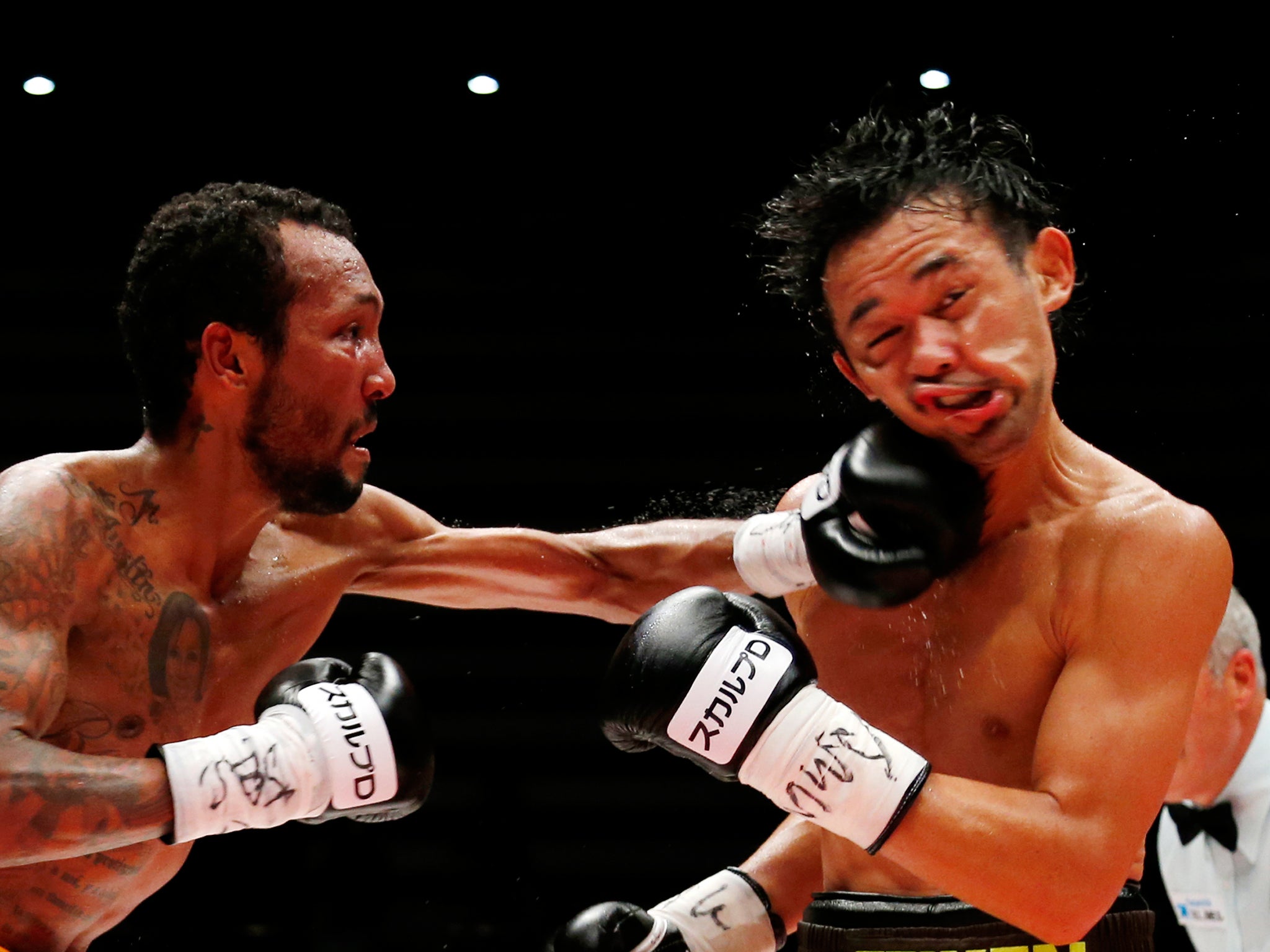Human hands evolved for punching, scientists say after swinging corpses around on a pendulum
The unusual shape of the human hand appears to have evolved to make us better at punching, ghoulish study finds

Your support helps us to tell the story
From reproductive rights to climate change to Big Tech, The Independent is on the ground when the story is developing. Whether it's investigating the financials of Elon Musk's pro-Trump PAC or producing our latest documentary, 'The A Word', which shines a light on the American women fighting for reproductive rights, we know how important it is to parse out the facts from the messaging.
At such a critical moment in US history, we need reporters on the ground. Your donation allows us to keep sending journalists to speak to both sides of the story.
The Independent is trusted by Americans across the entire political spectrum. And unlike many other quality news outlets, we choose not to lock Americans out of our reporting and analysis with paywalls. We believe quality journalism should be available to everyone, paid for by those who can afford it.
Your support makes all the difference.Scientists have swung human corpses around on a pendulum to establish that the human body evolved so that we could punch each other.
Our hands didn’t evolve just so that we could use them to manipulate things, the scientists suggest, but also so that men could fight over women. They came to the finding after collecting nine cadavers and putting them through tests that involved fishing line and guitar tuner knobs.
To make the dead fists clench, lengths of fishing line were attached to tendons controlling movements of the wrist, thumb and fingers. They used the guitar knobs to tight and slacken the hands, so that they could be formed into a "slapping" open hand, a hand formed into a fist with the thumb extended, or a "buttressed" fist with the thumb locked around the index and middle fingers.
The scientists found that when the fist was scrunched up it doubled as an efficient club.
The team, led by Professor David Carrier, from the University of Utah, wrote in the Journal of Experimental Biology: "We tested the hypothesis that a clenched fist protects the metacarpal (palm or hand) bones from injury by reducing the level of strain during striking.
"Our results suggest that humans can safely strike with 55% more force with a fully buttressed fist than with an unbuttressed fist, and with two-fold more force with a buttressed fist than with an open hand slap."
Humans have shorter palms and more flexible thumbs than other great apes like chimpanzees. It had long been assumed that was so that we could use them to make tools and manipulate materials — but we also used them for punching people, Professor Carrier said.
He points out that the faces of primitive hominids, such as the australopiths, had crude, lumpy faces armoured by strong bones that could resist punching.
As humans evolved and bare-knuckle boxing became a less common way to settle differences over mates and resources, their faces adopted the more delicate structure they have today.
The cadaver arms used in the experiment were obtained from the university's body donor programme and a private supply company.
Professor Carrier said: "Each one of these hands took about a week of work.
"First we had to dissect it to expose the muscles, apply one or more strain gauges, and then attach the lines to all the tendons so you can control the position of the wrist, thumb and fingers to create a buttressed fist, unbuttressed fist or open-palm posture.
"Everything had to be lined up just right - all the joints, tension in muscles, the orientation of bones."
Additional reporting by Press Association
Join our commenting forum
Join thought-provoking conversations, follow other Independent readers and see their replies
Comments